-
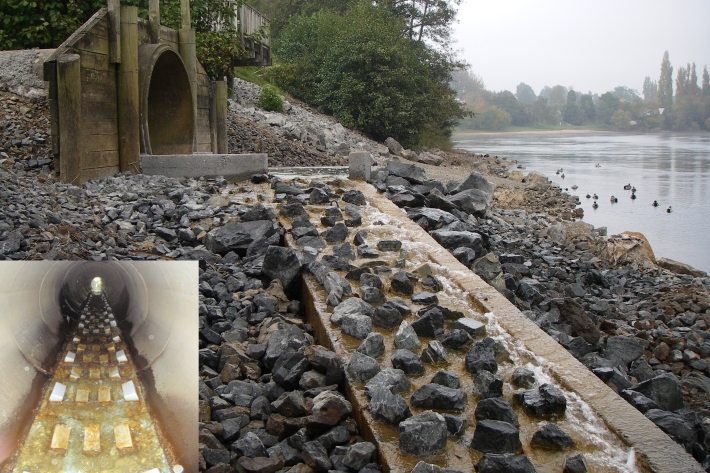
Understanding fish passage in New Zealand
Research ProjectNIWA scientists have been investigating the different capabilities of our native freshwater fish species in order to help design effective solutions for overcoming barriers to migration -

NIWA scientist recognised for outstanding achievements
News article07 July 2016A NIWA scientist with an international reputation as an outstanding leader in marine ecological field experiments was last night awarded the prestigious New Zealand Marine Sciences Society (NZMSS) Award. -
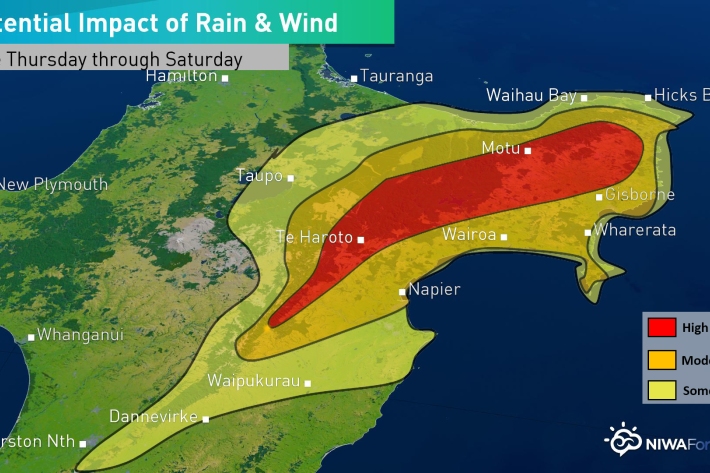
Atmospheric river of moisture headed for New Zealand
News article06 July 2016A series of low pressure systems will trek across the Tasman from tonight into the weekend, resulting in locally heavy rain and the potential for flooding and slips for the east of the North Island. -

First winter fisheries survey finds toothfish spawning in the Ross Sea
News article06 July 2016At the edge of the advancing winter sea ice in the Ross Sea, a first-ever winter fisheries survey has uncovered new secrets of the Antarctic toothfish. -
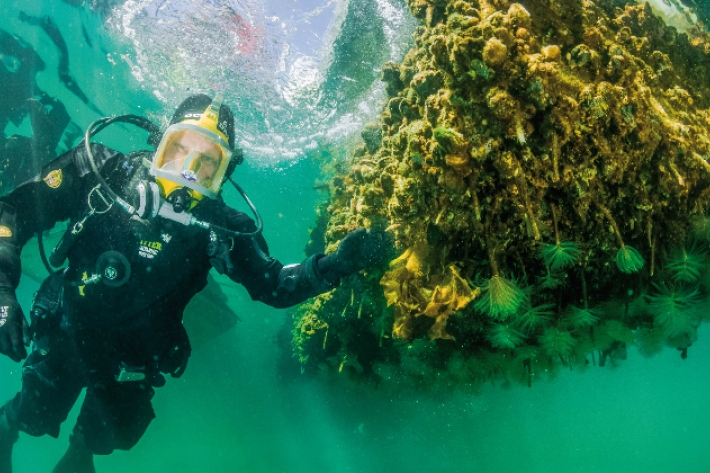
Scientists meet to discuss marine future
Media release30 June 2016Marine scientists are proving they know that it takes good bait to catch a big audience. -
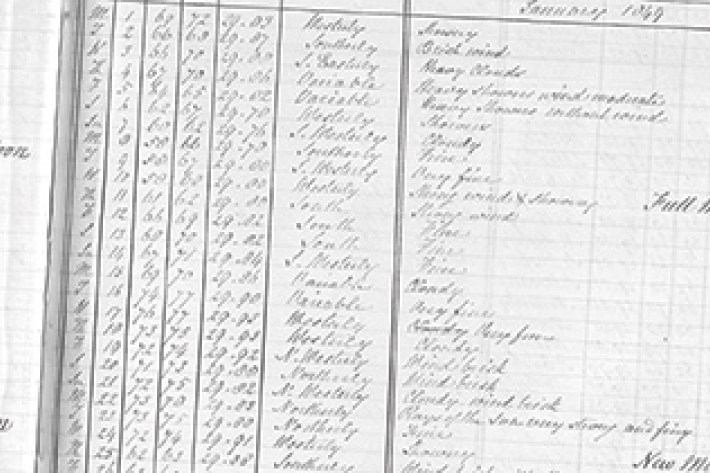
Dear diary: A pioneer of meteorology
Feature story30 June 2016The discovery of diaries of an English missionary living in Northland in the 1800s reveals him as New Zealand’s first meteorologist. -
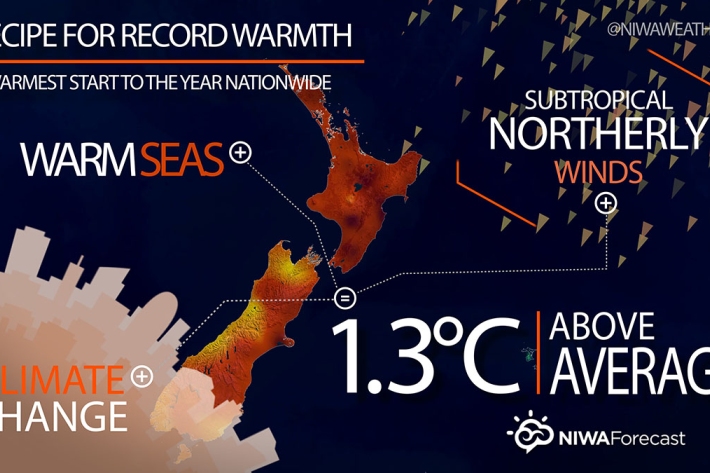
Warmest start to the year on record
Media release28 June 2016The first six months of 2016 are set to be the warmest ever start to the year, according to NIWA’s long-term seven-station temperature series. -
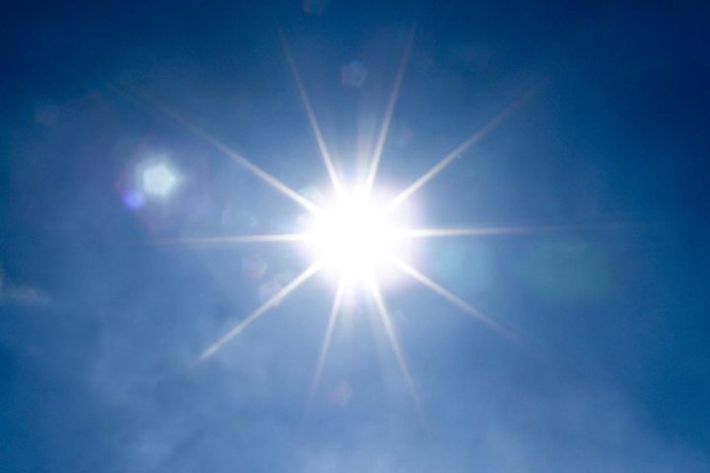
Record-breaking mid-winter warmth
News article23 June 2016NIWA Meteorologist Ben Noll takes a north-to-south look at the record-breaking warm temperatures experienced by Kiwis during the winter solstice. -
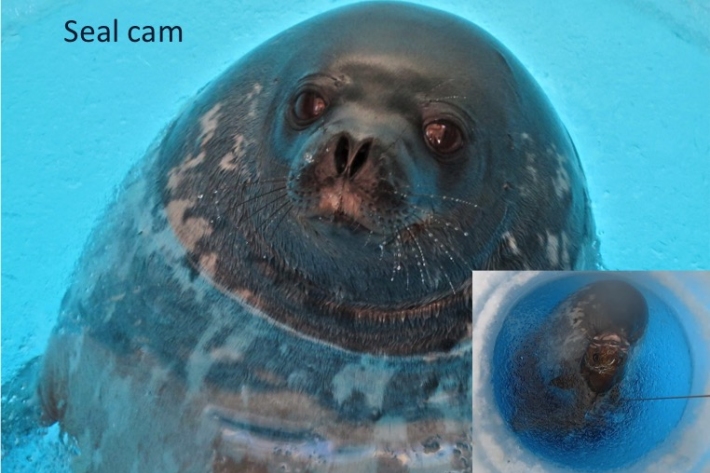
Availability of toothfish to predators – sea ice-based survey
Sea ice-based toothfish surveys have been carried out in McMurdo Sound since 2014. -

Antarctic fisheries research publications
A bibliography of some of the journal papers and CCAMLR Working Group papers published about the toothfish fishery. -
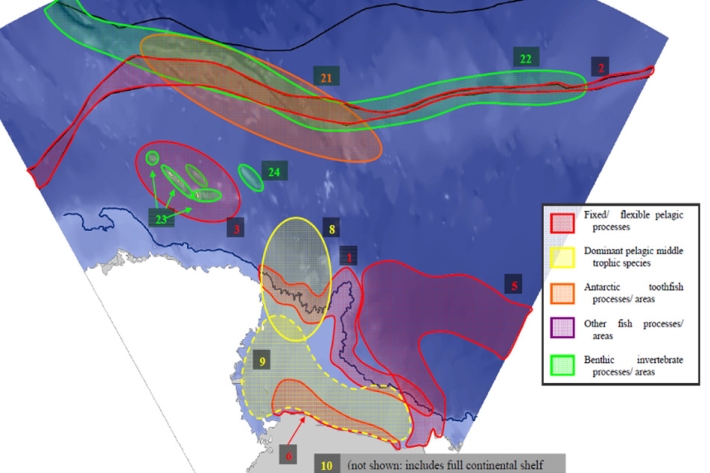
Spatial management of the Ross Sea
The fishery is managed differently depending on the region and specific environmental protection and fishery management objectives in the region.
